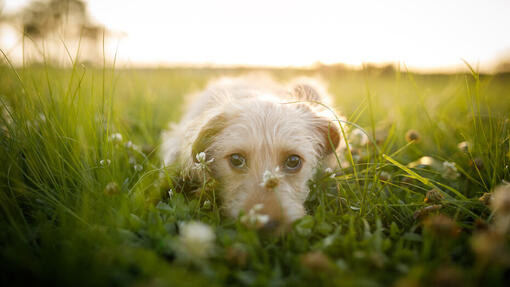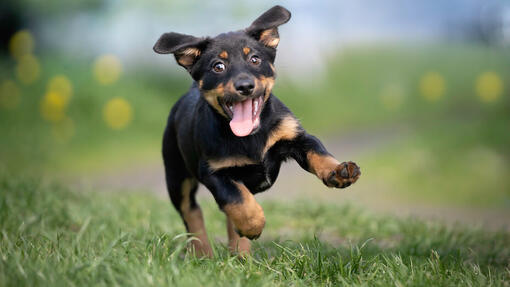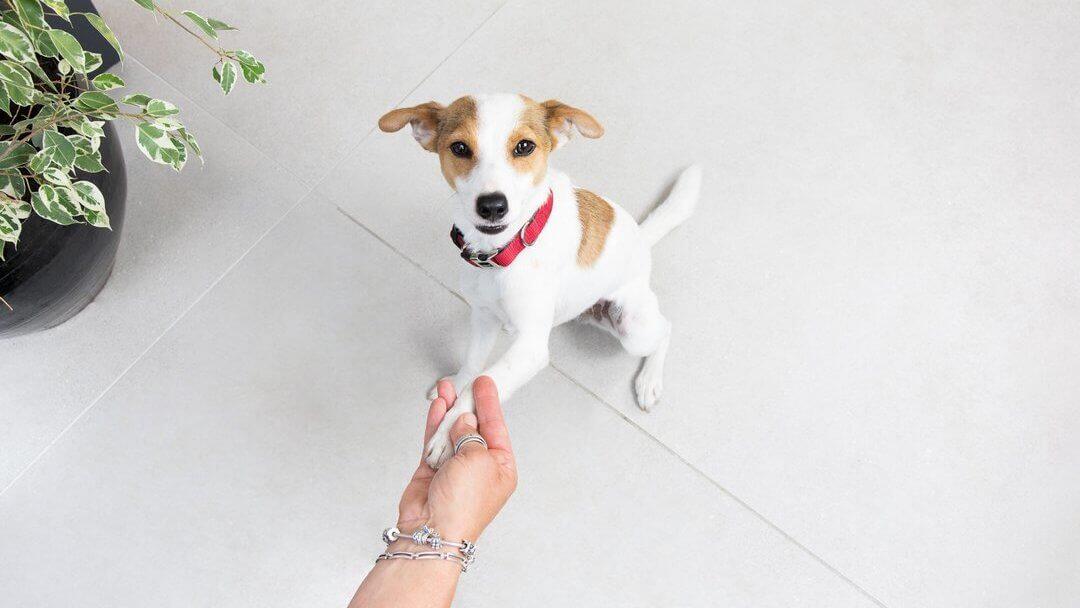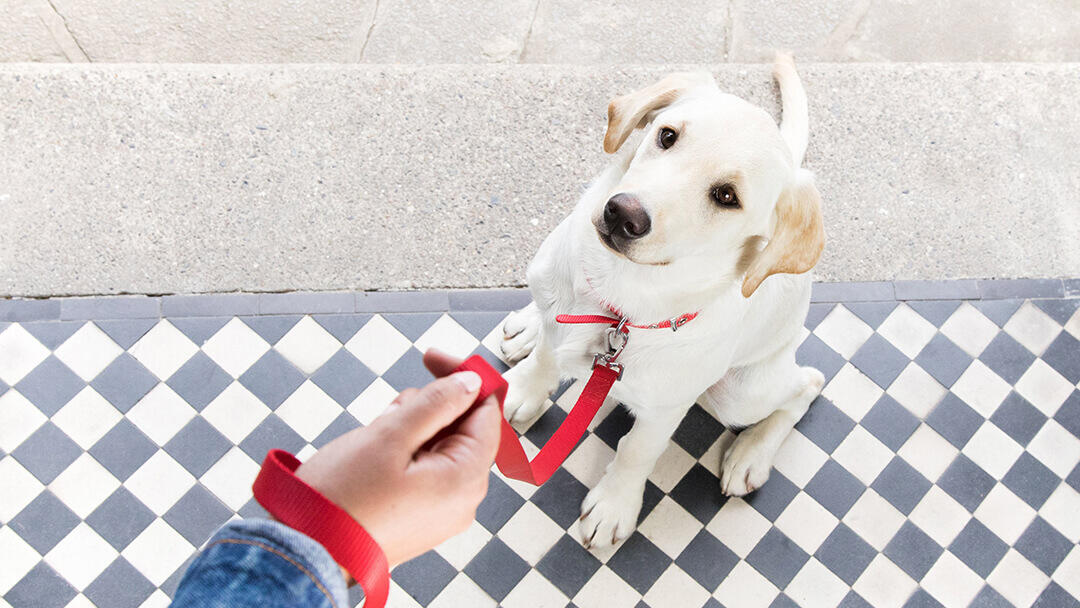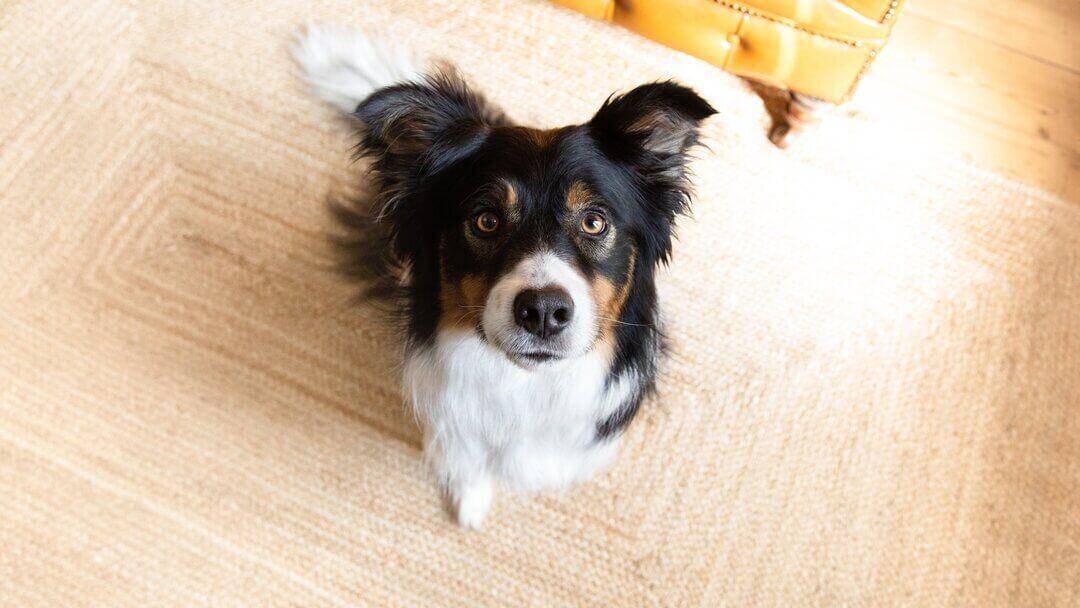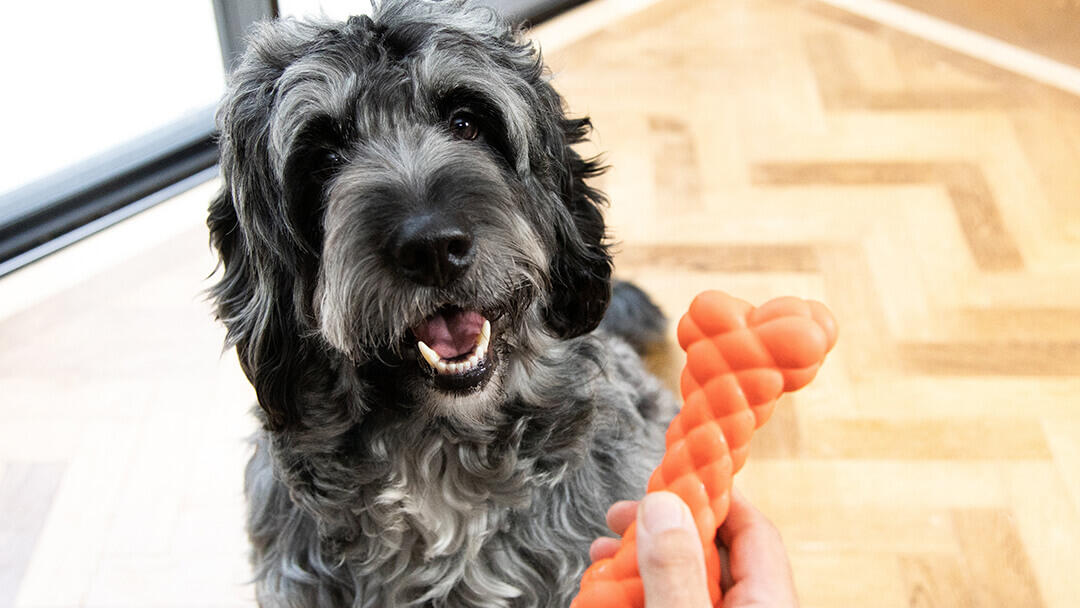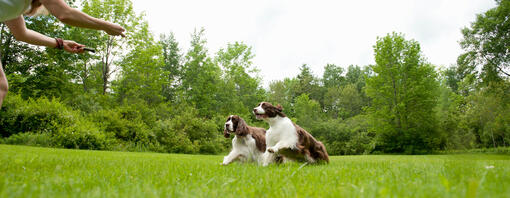
Helping your dog build confidence is key to them feeling more secure plus be comfortable in new situations. This in turn can make them more resilient to stress and improve their behaviour. If you’re wondering how to build confidence in a dog, you’ve come to the right place.
Building confidence is something that takes time and effort as it hinges on your dog having a secure attachment to you and by using a few techniques, you can help give your furry friend the tools they need to feel more secure. So let’s dive in and explore ways you can help your dog be more confident in any situation, whether it’s at home, in a new environment, cope better with a crowded place, or be happy around new people and other dogs.
Understanding your dog’s personality
Each dog has a unique personality that can be influenced by breed, parentage, rearing practices, genetics, past experiences, socialisation, and habituation - among others. This determines how your dog acts and feels while interacting with their environment – especially with novelty. By taking all of this into account and then learning about your own individual dog and observing their behaviour, you can gain insight into their personality and tailor your interactions and training accordingly.
When it comes to temperament, just like us, your dog can have a tendency to be more shy, friendly, reserved, or outgoing. There are extrovert dogs and introvert dogs – and you can’t change that basic nature. While some dogs can naturally be more confident and energetic, others can be more laid-back or hesitant. This is just the way they are and recognising your own dog’s temperament and how they approach new situations, can help you understand how they are likely to respond - and how best to manage those situations and work to build your dog’s confidence.
Reasons your dog’s confidence might be low
There is a difference between dogs who are more introverted and who will hold back to assess a situation before throwing themselves into it, and a dog who has low confidence. Introverts will be quite content, but they are happy to hold back and work out what a situation might be about first. And even then, they may be very happy just to stay on the sidelines.
Dogs who have low confidence will show lowered body language, other signs of anxiety such as yawning or lip licking, they may back away or hide, or even shake, pant and whine. Others may behave reactively and lunge, bark and/or exhibit threatening behaviour.
Low confidence in dogs can be influenced by several factors. Here are some of the most common ones:
- Bad breeding practices. Puppies born to mothers who are fearful and worried – or who are kept in stressful conditions – are very likely to lack confidence and themselves be more prone to stress. How they are reared while they are still with their mother also plays a vital role. Mothers who feel loved and secure raise puppies who equally are more likely to feel secure.
- Lack of early socialisation – It’s important that dogs be positively exposed to a variety of people and experiences between 3 to 14 weeks of age. This enables them to build a ‘database’ of what their new life holds and what is ‘normal’. This will help build their confidence gradually and put them on the path to becoming well-adjusted adults.
- Past traumatic experiences – Dogs that have had poor upbringings or have been abused in the past (either as puppies or during the key developmental phases) can develop fear and anxiety either in general or in certain situations.
- Health issues – Pain and discomfort from an illness or an injury can have a real impact on a dog’s personality and as a result, on their confidence. It’s important to contact a vet if you notice any unexpected changes to your dog’s behaviour. Sudden changes of behaviour without an obvious cause very often have a clinical cause.
- Genetic predisposition – Genetics play a large role in a dog's temperament. What that breed was originally developed to do, and the circumstances and environment in which they were designed to do it, will give you some strong predictors to how they will behave – and whether you are being realistic to expect them to live in a totally different environment. Think about how a working Border Collie would feel living in central London!
- Research your breed choice (or the breed of the dog you already have) to find ways to ensure they get an outlet for those breed specific behaviours and that you are not putting them in a situation they are just not designed to deal with. Look for a reputable breeder who can provide you with information both about the breed and the puppy’s parents. Make sure you meet the mother and that she has a good, settled nature. Fearfulness has a "high" heritability, which means that if the parents are very fearful, it's more likely that the puppy will also exhibit fear – especially if the environment or rearing is less than optimal.
How to build a dog’s confidence
A secure and confident dog is a happy dog, and confidence can make all the difference in your canine best friend’s overall wellbeing. Here are some of the ways you can help build your dog’s confidence and help ensure they’re living a happy and healthy life:
1. Create a secure attachment
From the very first moment you bring your puppy or dog home, you need to work on the relationship between you so that you are the person your dog knows they can trust and rely on. They need to be so secure in their attachment to you that they look at you to see how to behave so you will give them confidence in any given situation.
There are many things that can help this bond: being there for your puppy, playing games, rewarding good behaviour, protecting them from scary situations, making sure you never cause them pain, fear or discomfort – and teaching them all the life lessons they need in a guiding and nurturing way.
Never put them in situations that are scary or that make them worried or anxious. Advocate for your puppy in the face of others (human or canine) who, even with the best intentions, will overwhelm or frighten them.
Basically, behave like a parent.
2. Reward based training
One of the best ways to build confidence is to succeed. By teaching your puppy (or dog) life skills and training exercises, using rewards when they get it right, not only are you teaching them how to behave but you are building confidence. Punishment and harsh methods have the opposite effect.
3. Socialisation
Socialisation is something that is badly misunderstood – and often what people think of as ‘socialisation’ is actually something that is almost guaranteed to wreck your dog’s confidence! Charging around with others at a dog park, or in a free-for-all at a day care is likely to have a behavioural fallout.
You should take your puppy – or dog – out and about to places where they will see people, other dogs and a whole host of other things. The aim is that they can be happy in these situations, get used to novelty, and be able to focus on you and listen to you despite all these distractions. Not ignore you and charge over to everyone else! The more places you can take them the better.
They do need dog friends however, and so finding a puppy class where there is a mixture of training exercises and well-managed, well-matched play opportunities will be great for your dog’s confidence – as will joining up with friends and family to go for walks or just hang out with their friendly adult dogs.
4. Nose work and puzzles
Other helpful dog confidence building exercises can be nose work and puzzles. These types of activities challenge your dog’s problem-solving skills and gives them a sense of accomplishment when they successfully complete them.
If you think your dog’s confidence is getting lower or they are becoming increasingly reactive, talk to an accredited behaviourist.
Remember that to help your dog gain a lot of confidence, it's far more important how you interact with them in your daily life than how you perform specific exercises. In other words, building a relationship is not the same as training, and as we all know, creating a relationship requires time and patience. It will all be worth it in the end as you will gain a more comfortable, secure dog and better still, that canine best friend you always dreamed of.
Signs of confidence in dogs
Now that you know how to build confidence in a dog, here are some of the ways you can tell if they’re feeling more secure and comfortable:
- Direct and gentle gaze
- Playfulness
- Focused on you and attentiveness
- A willingness to approach – or at least a lack of fear in – novelty
- Comfortable around other people and dogs
- An ability to listen to you no matter what the situation
- An expression of joy on their faces
- Relaxed body and tail
It’s important to point out that dogs may exhibit different body language depending on their breed or personality, so these examples might not apply to all dogs.
Want to learn more about your dog’s personality and temperament? Check out this article on Understanding Dog Body Language next.



